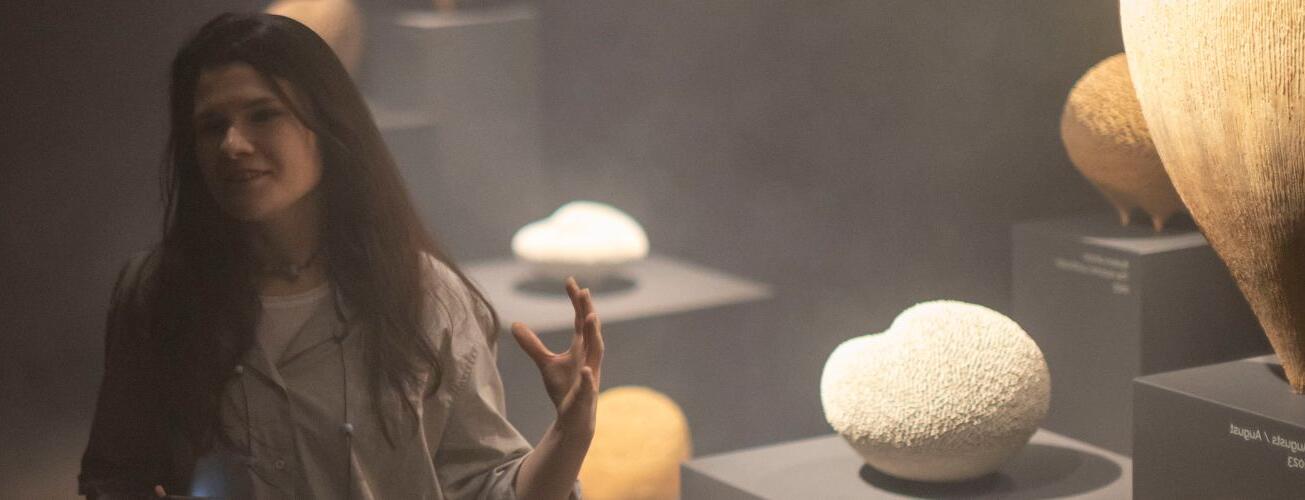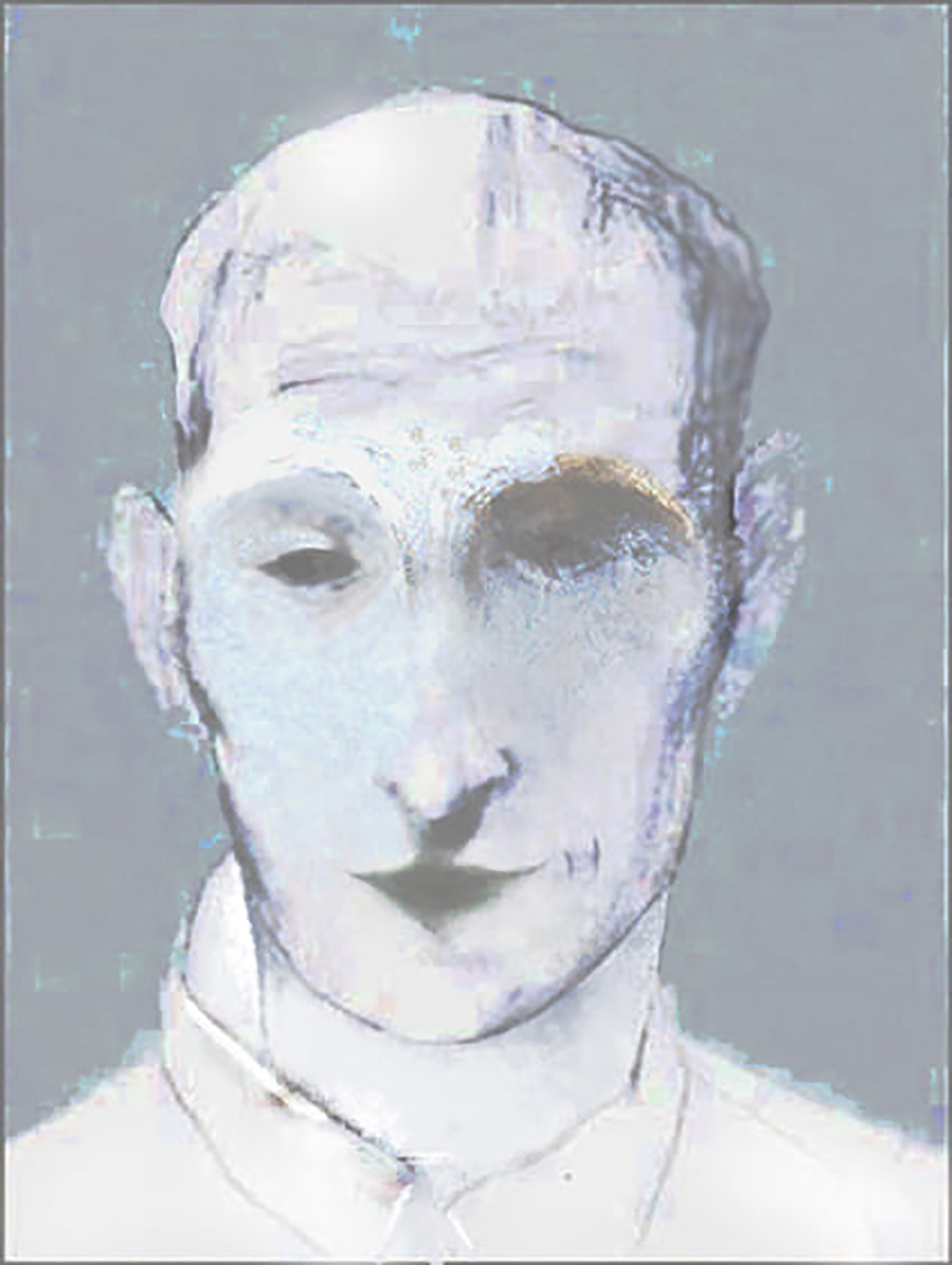
Internal and Unseen Landscapes. Ceramics by Hanna Myadzvedzeva
The Landscapes ExhibitionThe creative process for all artists roughly follows one scheme: they need to extract a separate fragment from reality, whether external or internal, and arrange it on the imaginary plane of art.
The creative method of a ceramic artist is heavily mediated by the material—various types of clay, its ability to be pliable and quick to harden, a balance of fragility and durability, organic and artificial aspects, in short, the degree of its resistance to the master's intention. Artist Hanna Myadzevedzeva uses her material at both micro and macro levels. Her objects are often very large, but their processing is delicate and refined, akin to weaving from plastic threads.

Hanna Myadzevedzeva was born in 1988 in Minsk. She graduated from the Belarusian Academy of Arts, where she also defended her doctoral dissertation in 2017 on the means of artistic expression in contemporary ceramics.
She taught at the academy for seven years, primarily focusing on the history of ceramic art, ceramic design, material science, experimental ceramics, and supervised her students in experimental internships and diploma projects. In 2021, she was forced to leave her teaching position and shortly after moved out of Belarus. She now lives in Poland.

The exhibition presented by Hanna Myadzvedzeya at the Mark Rothko Art Centre in Daugavpils, Latvia, was simply titled "Landscapes." However, the discussion was not about specific places but rather about states, structures, and fragments of nature.

Ceramics is an art of abstraction; however, the paths taken by creators are defined by several traditions. For example, folk or utilitarian, whose origins lie in the domestic use of such objects. The path chosen by Hanna Myadzevedzeva entails an understanding of ceramic works as objects of meditation. She creates her pieces as embodiments of nature's feelings, observing the smallest elements of landscapes, details of immediate surroundings such as the structure peculiarities of certain plants. At the same time, she draws inspiration from majestic expanses that unfold before the eyes: for instance, captivating mountain panoramas, their atmosphere, and vividness.

Ms. Hanna aims to find and highlight in a new light the subtle moments of everyday life, micro-details of nature that, when enlarged, resemble architectural structures. "My sculptures are meditative objects that capture landscape compositions rather than depict specific places," explains Hanna Myadzevedzeva. "Moreover, their scale is difficult to define, for instance, when my work captures the rounded backs of wooded hills seen from an airplane window, or embodies a visual reference to lichen on rocks right here, in the neighboring forest."

Since early childhood, Hanna has loved long walks in nature. These walks, especially alone, are a return to her internal dialogue. The artist explains that facing the external space changes our perception of time. Freed from constant information noise, we listen more attentively to our own thoughts. Observing how nature continues to live by its universal laws, we can look at our problems from a different perspective and reassess their significance.

Recently, Hanna has been traveling a lot and collecting her impressions. She finds it interesting to observe herself and her moods in different spaces, both natural and architectural. She pays attention to how architects design space and integrate their buildings into it, each time differently depending on whether the space is open or closed.

Hanna's sculptural objects are constructed with a similar architectural approach in mind; they interact with the viewer and the environment through shallow expressive forms and an active textured surface. Like a complex structure functioning in the space between nature and culture, her objects influence the viewer on a tactile and sensory level. It's no coincidence that the exhibition immersed the display in a special atmosphere, misty and filled with sounds, to help the viewer abstract and rid themselves of their worries and stereotypes.

The exhibition featured a video installation with the dissolution of an object made of unfired porcelain in water, and the audio was recorded using a special microphone, hence the exhibition is accompanied by a mysterious bubbling.
Illuminated by beams of light from artificial mist, the enigmatic objects resemble fragments of an unknown ecosystem. However, their appearance is entirely different. It lies in the ability for careful observation, in the precision of artistic movement, in a particular sensitivity to the invisible and one's own receptiveness.
Photo by - Didzis Grodzs.












